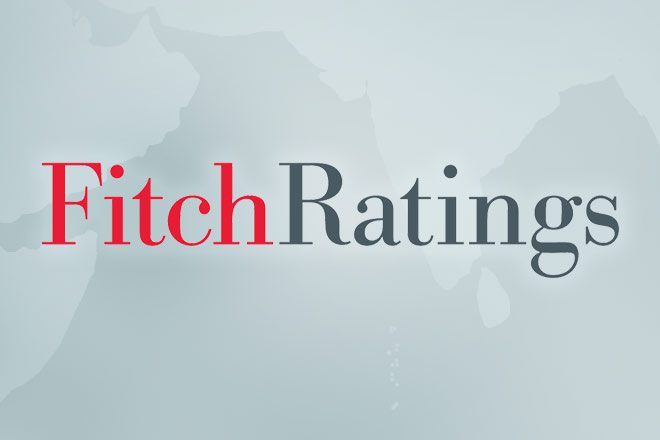Reuters: Sri Lankan shares fell for a fourth straight session to hit a two-month closing low on Thursday as investors turned cautious ahead of a rate announcement by the central bank.
The central bank will announce June monetary policy rates at 1230 GMT on Friday and the market broadly expects rates to be left steady for a fourth straight month, although a possible rate hike is not ruled out.
A decision by Moody's to revise downwards Sri Lanka's outlook on its sovereign rating and a government proposal to reintroduce capital gains tax also weighed on investor sentiment, brokers said.
The benchmark Colombo stock index ended 0.35 percent lower, or down 22.74 points, at 6,398.06, its lowest close since April 25. The index has shed 1 percent so far this week.
"Market participation is very low as investors are taking a wait and see approach, especially with the Moody's downgrade, capital gains talks, high interest rates and how government will implement reforms to retain the IMF loan," said Yohan Samarakkody, head of research, SC Securities (Pvt) Ltd.
Sri Lanka's cabinet on June 15 approved a proposal to reintroduce the capital gains tax, especially on land sales.
Moody's Investors Service on Monday revised down Sri Lanka's outlook to negative from stable, citing further weakening in some fiscal metrics in an environment of subdued GDP growth, which could lead to renewed balance of payments pressure.
Treasury bill yields rose between 1 and 3 basis points at a weekly auction on Wednesday. They have risen between 7 and 43 basis points since the central bank left the key policy rates steady on May 20.
Overseas funds offloaded 279 million rupees ($1.90 million) worth of equities on Thursday, extending the year to date net foreign outflow to 6.02 billion rupees worth of shares so far this year.
Turnover stood at 822.03 million rupees, more than this year's daily average of around 753.1 million rupees.
Shares in conglomerate John Keells Holdings Plc fell 1.20 percent, while Lanka ORIX Leasing Company Plc dropped 4.42 percent. ($1 = 146.9000 Sri Lankan rupees) (Reporting by Ranga Sirilal and Shihar Aneez; Editing by Biju Dwarakanath)
The central bank will announce June monetary policy rates at 1230 GMT on Friday and the market broadly expects rates to be left steady for a fourth straight month, although a possible rate hike is not ruled out.
A decision by Moody's to revise downwards Sri Lanka's outlook on its sovereign rating and a government proposal to reintroduce capital gains tax also weighed on investor sentiment, brokers said.
The benchmark Colombo stock index ended 0.35 percent lower, or down 22.74 points, at 6,398.06, its lowest close since April 25. The index has shed 1 percent so far this week.
"Market participation is very low as investors are taking a wait and see approach, especially with the Moody's downgrade, capital gains talks, high interest rates and how government will implement reforms to retain the IMF loan," said Yohan Samarakkody, head of research, SC Securities (Pvt) Ltd.
Sri Lanka's cabinet on June 15 approved a proposal to reintroduce the capital gains tax, especially on land sales.
Moody's Investors Service on Monday revised down Sri Lanka's outlook to negative from stable, citing further weakening in some fiscal metrics in an environment of subdued GDP growth, which could lead to renewed balance of payments pressure.
Treasury bill yields rose between 1 and 3 basis points at a weekly auction on Wednesday. They have risen between 7 and 43 basis points since the central bank left the key policy rates steady on May 20.
Overseas funds offloaded 279 million rupees ($1.90 million) worth of equities on Thursday, extending the year to date net foreign outflow to 6.02 billion rupees worth of shares so far this year.
Turnover stood at 822.03 million rupees, more than this year's daily average of around 753.1 million rupees.
Shares in conglomerate John Keells Holdings Plc fell 1.20 percent, while Lanka ORIX Leasing Company Plc dropped 4.42 percent. ($1 = 146.9000 Sri Lankan rupees) (Reporting by Ranga Sirilal and Shihar Aneez; Editing by Biju Dwarakanath)
